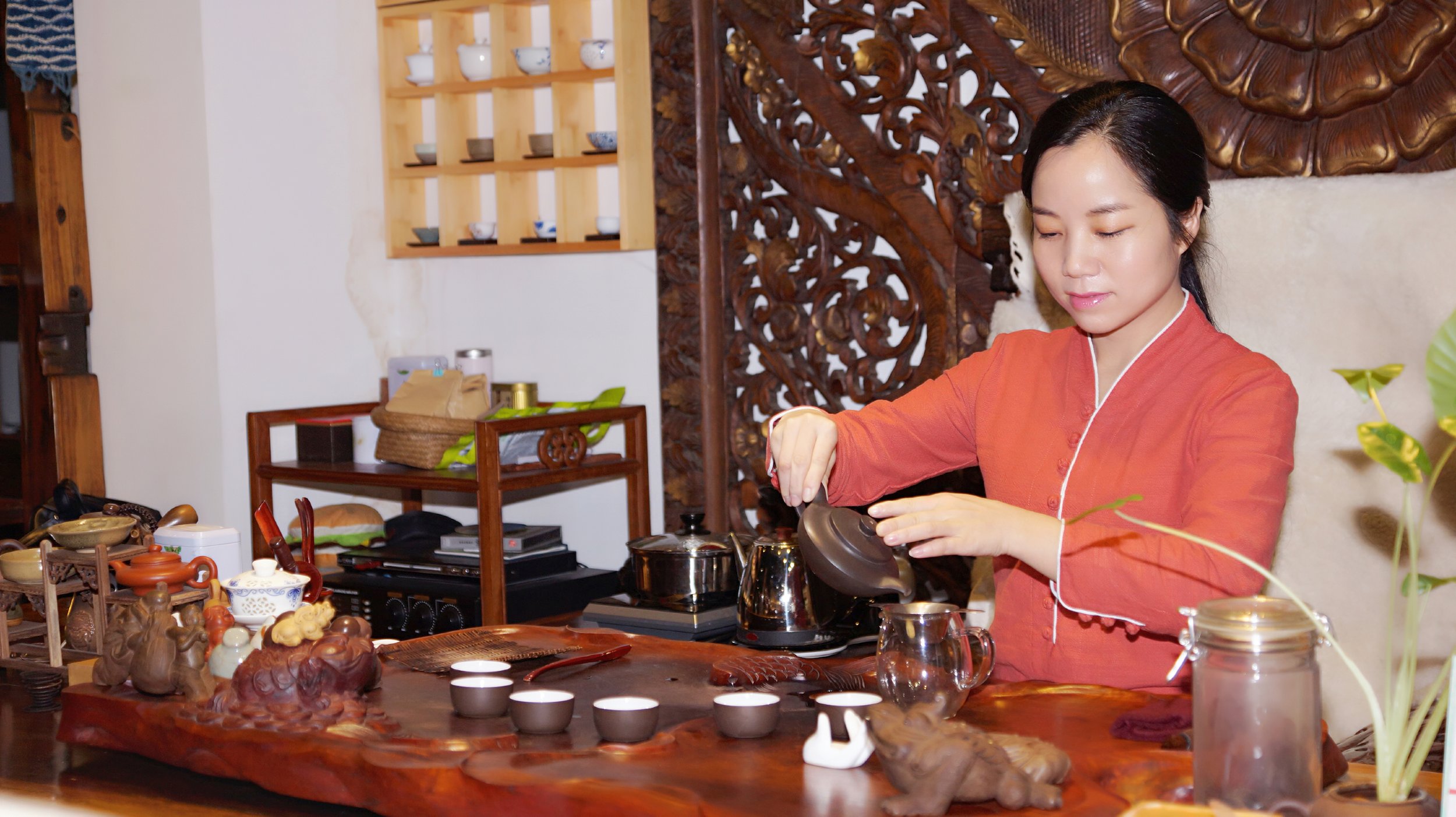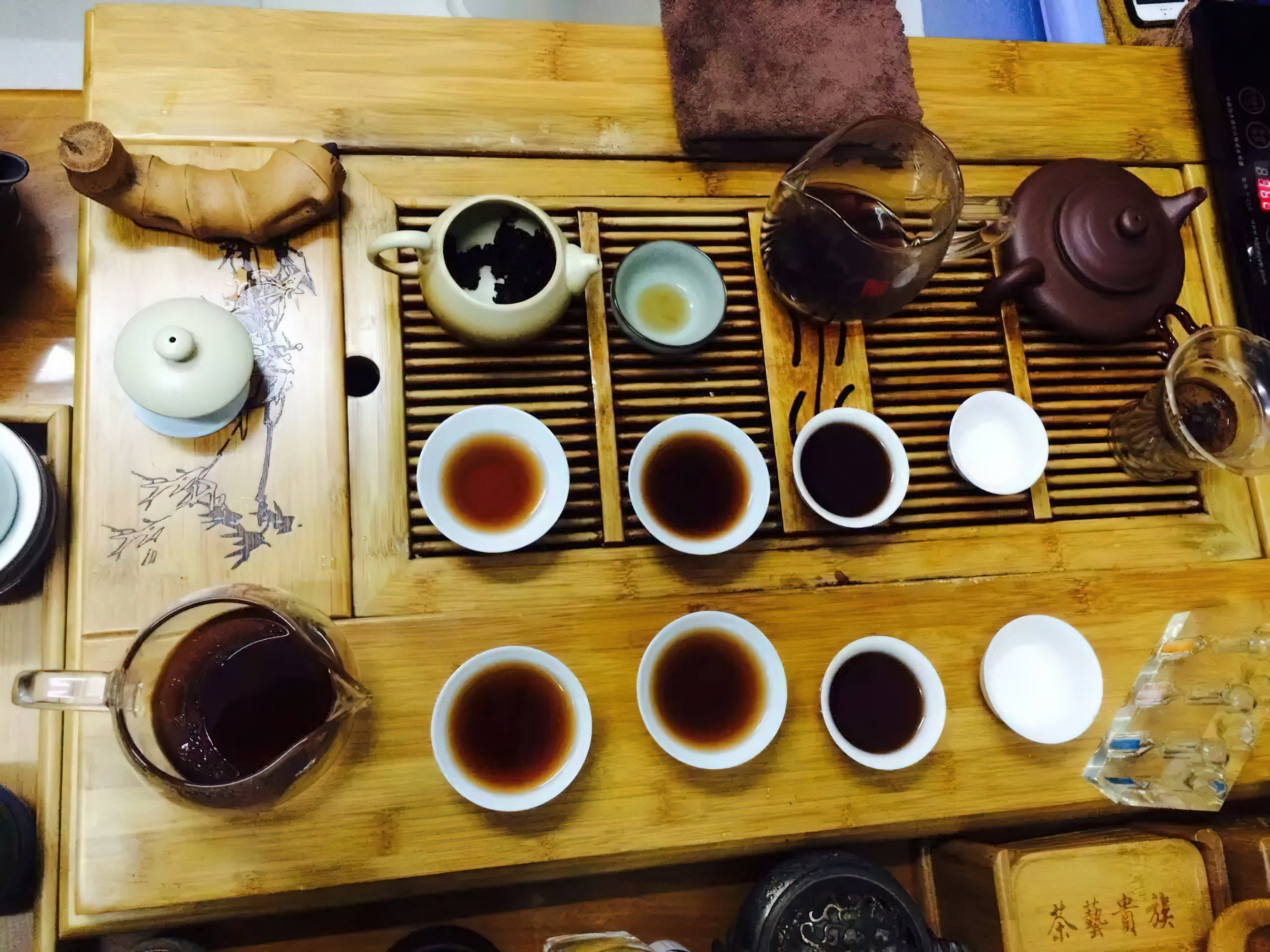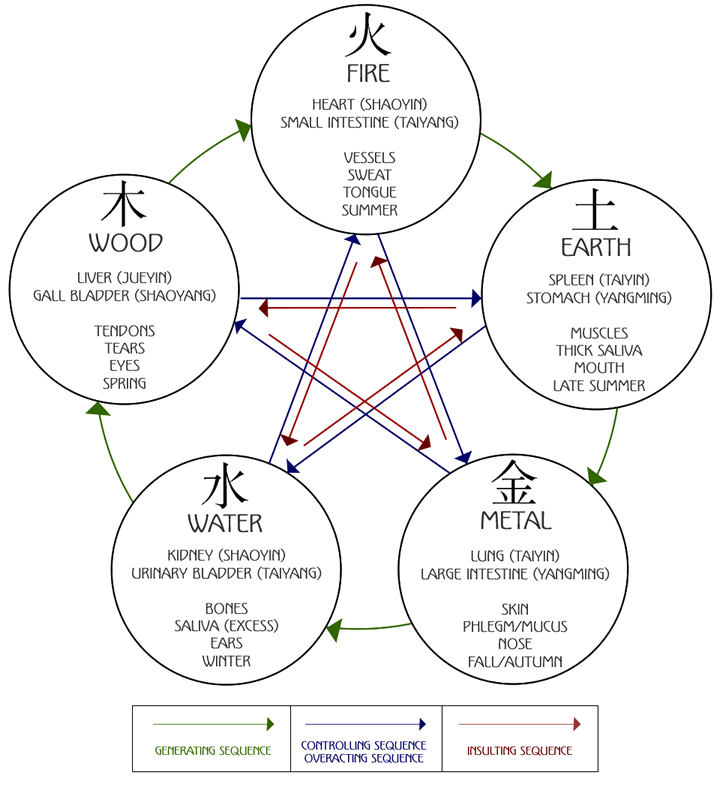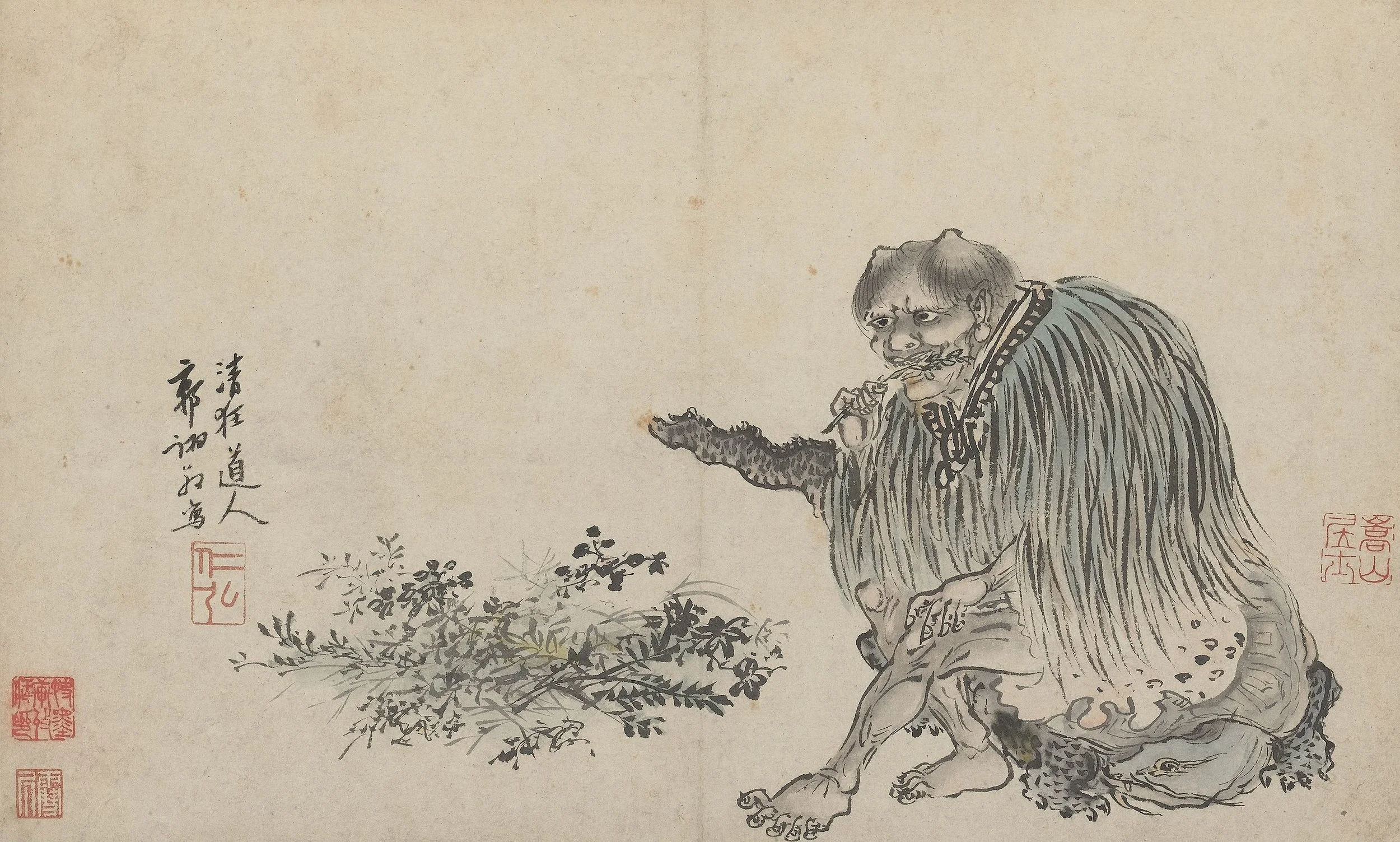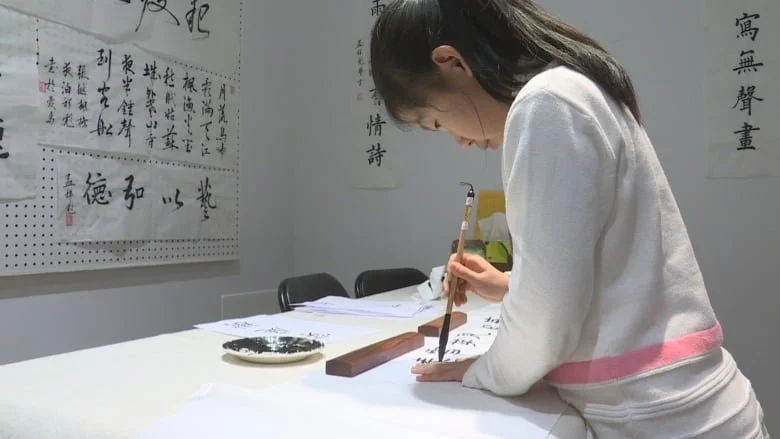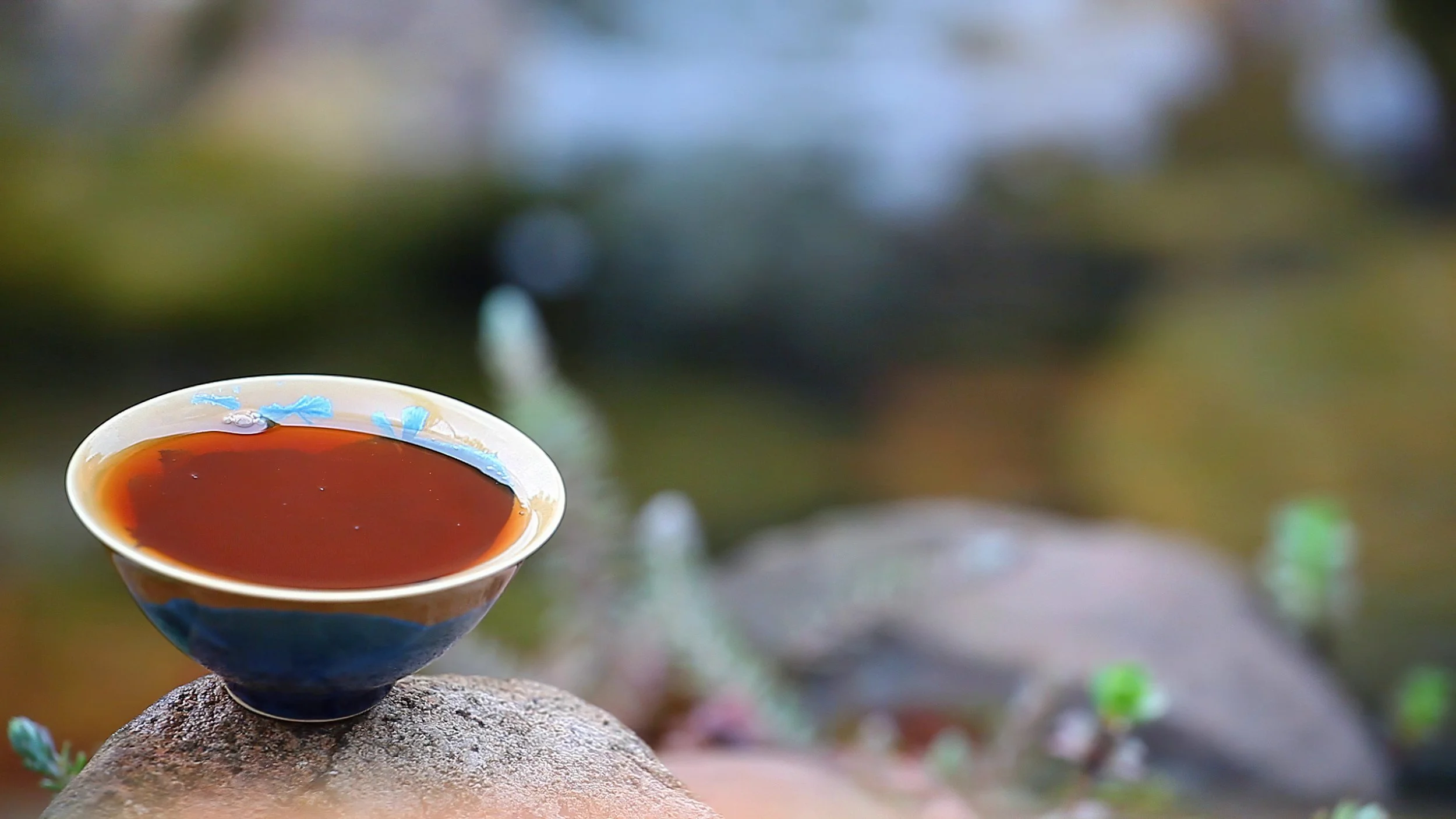The Art of Tea
The Art of Tea
Leading tea expert Yin Na shares the beauty and deeper meaning of the traditional Chinese tea ceremony.
Having trained all over China and certified as a Level-3 Tea Specialist, Yin Na is a considered one of China's leading tea experts. Through her writings and website, The Art of Tea, she shares and celebrates the traditional beauty of the Chinese Tea Ceremony, and helps people around the world understand all aspects of this ancient art form.
What drew you to the art of the Tea Ceremony?
I believe all people have a special mission or purpose in life that they are here to fulfill. In China, there’s an ethnic group called the Qiang, who believe we have all lived many past lives, similar to Buddhism. For example, they feel people who collect and sell antiques are drawn to them because in their next life they will be leaving this world forever; and so they have such nostalgia towards older things because these items remind them of feelings from their past lives, and they want to connect with these feelings one last time before they leave this world behind.
In this way you could perhaps say the same thing about my relationship to tea... my journey began when I was invited by a few good friends to attend a tea ceremony hosted in their home. I was already involved in the traditional Chinese arts of painting and calligraphy at the time, but until this moment I never knew one could approach the act of drinking tea in such a deep and beautiful way; I thought —as do many people today— that all you needed to do was simply grab some tea leaves, throw them in a cup, add hot water, and drink.
But this experience marked a new direction for me, and awoke an interest and passion to learn everything I could about the art of tea. The more I explored this art form, the more I noticed it personally gave me a sense of peace that the other Chinese arts didn’t seem to… which is why I love it so much, and am inspired to share it with others.
THE TEA CEREMONY
In the Chinese tea ceremony, the act of drinking tea is not simply done to quench one’s thirst, but is a form of art; a way to appreciate the realm of aesthetics. Through it you develop insight into the philosophy and principles of traditional Chinese culture, and cultivate a deeper relationship to oneself and the universe.
China's tea culture originated in the Tang Dynasty (618-907 CE), and has grown and changed in many ways throughout the centuries. Today there are many different schools of thought and approaches, but all basically agree that the ceremony’s fundamental purpose is to cultivate the principles of harmony, serenity, happiness, and truth. One may emphasize certain aspects in particular depending on the style of ceremony one wishes to create, but spiritual practice and the pursuit of truth are the ultimate goals.
Tea ceremonies require a very refined and sophisticated approach to tea preparation (gathering tea, water, accessories), as well as the act of drinking and the ceremony itself. Some ceremonies are about expressing certain emotions, or telling stories; and also depending on what kind of tea you want to use, this will also make the ceremony different.
Some commonly used teas are silver tea or Queshe, a tea shaped like a sparrow's tongue; Jun Mei, a green tea shaped like a good eyebrow, and Zisun, a precious tea shaped like a newly sprouted bamboo shoot that is purple in color. These are wonderful names that describe their physical shapes, and also fill our imaginations with beautiful imagery.
Tea accessories also have different materials and styles specifically used with certain types of teas, and the preparation process reflects this. The different types of water used for tea include spring water, river water, and well water. It’s important to be able to distinguish between water that is ‘alive’ and ‘dead’ (such as tap water). Plus there are also ‘rootless waters’, such as rainwater and the water of melted snow (also known as holy water).
From here we can see how a love of the natural landscape and the pursuit of beauty is emphasized in this tradition. The tea ceremony tells us that we should appreciate the subtle relationship between the harmony and transformation of The Five Elements—according to Taoism, the world consists of five basic elements: metal, wood, water, fire and earth, which depict the formation and interaction of the universe. This view emphasizes that all things in the world are part of a unified whole, within which everything is constantly moving and transforming.
The earliest example of Chinese philosophy being applied to tea is a text written by Lu Yu (733-84 CE) called The Tea Sutra. In this text he ascribes the Eight Trigrams of the I Ching to different parts of the tea set, and explains that the entire process of making and drinking tea is the mutual promotion and restraint between the Five Elements and the Trigrams; in the process of blending tea with water, fire, wind and gas, one participates in the alchemy and transformation of nature.
According to Taoism, the art of taking tea is a great pleasure that ultimately allows one to release the troubles of the world, and connect to a deep feeling of peace and spiritual freedom. Through the tea ceremony, one’s mind should seek this sense of freedom and spaciousness, and abide inside this feeling of peace.
This is the path and goal of Taoism and the tea ceremony; in this way the process of tasting tea is also the process of training ourselves to let go of our fixation on the external world, enabling our hearts to be purified from outside influences, and our minds to become like a clear and deep mirror. When you empty all distractions in this way, you and nature and the universe become one, and your heart has infinite power.
LONGJING TEA LEAVES
TEA ORIGINS
In ancient China, tea first appeared in people's lives not simply as a beverage to drink, but in the form of a medicine. Among the many legends pertaining to the origin of tea, the most well-known is about an immortal named Shennong, who’s story was told in a book called Shennong's Herbal Classic. This book was compiled in the Qin and Han Dynasties in China, from around 300 BC to 300 AD.
The legend states that Shennong lived around 3000 BC, and was a very kind immortal. He often heard about people being poisoned due to eating unknown plants, and thought to himself, “I have a transparent stomach like a crystal, and can observe the reactions of food in my belly, so I will taste many types of plants and tell people which can be eaten and which cannot.”
According to this legend, Shennong ingested many types of weeds —once he was poisoned 72 times in one day— and in one of these instances while resting under a tree he felt as if he was going to die... then suddenly a few leaves fell from above that were green in color, and held a faint fragrance. Shennong picked up one of the leaves and began to chew it slowly. Although it tasted a little bitter, its fragrance made him feel refreshed, and his mouth and tongue felt cool again… as he continued to chew the leaves, his stomach began to feel much more comfortable. Shennong realized the leaves had a detoxifying effect, and leapt with joy at his discovery!
SHENNONG AS DEPICTED BY GUO XU (1503)
Although the story of Shennong comes to us from a mythical perspective, today I believe that tea art specialists in China have a similar mission—to help preserve and spread the knowledge and wisdom of this beautiful tradition, and in so doing reconnect people with the art and ritual of tea; very much like I’ve done through my own journey of discovery.
And would you say in China today most people aren’t exposed to tea ceremonies in the way they were in the past?
Yes, today in China a lot of people —especially the younger generations— don’t know how to tell the difference between good and bad quality tea, or really understand the art of the tea ceremony in even the most basic ways. Most younger people in China think that drinking tea is simply something that old people do, and is not for the younger generations.
The traditional Chinese arts are indeed having some difficulty in China at this time in general—many people have almost completely forgotten about them, and I find there are mainly two types of people in this regard: those who love Western culture, and dedicate themselves to imitating it’s music, art, etc.. and a smaller minority of people —mainly those who’ve studied the Chinese Arts in university or elsewhere— who are still turning to the old ways to discover purpose and meaning in their lives.
And how has this shift towards embracing Western values affected the overall tea economy in China?
Well due to the movement towards a more capitalistic infrastructure here in China, many of the best tea farmers, who have been growing tea for maybe hundreds of years, don’t really understand how to advertise and successfully sell their teas in today’s marketplace.
Sometimes they are very poor (especially the smaller tea farms who are hand making tea), and for example maybe they can’t afford to do the necessary tests for their tea to meet FDA requirements, but they are in fact still growing a superior quality tea. Also, because they don’t run many ad campaigns for their teas, and simply sell to the people and local markets that they know, their offerings are often overshadowed by larger mass-market companies.
Do any of these higher quality teas make it over to the US?
In general the standards of tea quality in the US are not equal to the Chinese requirements, so it is very difficult to acquire higher quality Chinese teas in America, as most of them remain in China, and mainly the lower quality tea is exported overseas. I wish this were different, and am sorry to say that!
I’ve found in the US there are also many teas infused with artificial flavors, or mixed with milk and sweeteners and sold as packaged products. In China we value the purity of tea in its natural state, and feel to include such additives would destroy its beautiful taste and character. But still, it may be possible to find a niche importer who travels to China and brings good quality tea back to the US.
RICHNESS AND SIMPLICITY
What do you feel traditional tea ceremonies can offer people in the world today?
I believe tea ceremonies offer another way to live. The pace of life in China today is so very fast.. we may go to work in a building in the city, and maybe the next week that building just disappears and something else takes its place. So everything is growing very rapidly, and many people are rushing to try and become famous, and are so eager to pursue all of these things.
Sometimes I think what they really need is to find another way to relax. I’m not saying I believe that tea is the best answer, and that everyone should come to like my tea ceremonies, but if you feel that you want to find another way to relax, to feel another world, a slower world, with a slower pace, then I don’t think it’s a bad approach to try; it can offer you a new way to feel your world, as it did for me.
You know, a few years ago I went to a small village in Yunnan in Southwestern China to find out how the local people made Pu'erh tea; when I arrived at the village with some friends, we were all shocked by the sight of the poverty we found there. It was difficult to imagine that such delicious tea was born from such poor conditions.
Even the places they lived in were extremely poor; the houses were boarded together, there was hardly any furniture in them, and the lights were not bright. There were no technological devices like computers in the families’ homes, and I began to think about their lives very seriously. Were these people happy living in such conditions?
Harvesting tea on Youle Mountain, Yunnan Province
Then I saw a group of people humming a song in the morning at sunrise as they were going to pick tea. In the afternoon, on their way home they were glad to splash and play with each other in the river… such a pure and beautiful picture moved me very deeply. In that moment I felt that they were much richer than I was.
I had never had an experience like this before, and it was very enlightening for me. They may have eaten and drank very simply, but in their hearts they were pure, substantial and happy. I used to think about everything I needed… after I saw them, I thought for the first time, what do I already have? I had thought that I was richer than them, but I was wrong. They didn't need my sympathy. They were richer than me.
My experience with tea has taught me a lot. As I said before, this art form is not simply about preparing and drinking tea. These outward actions are ultimately done for an inward purpose—in order to come into contact with my authentic self, and the most beautiful place in my heart.
As the Taoists have said, the appearances of the external world are in fact our own inner feelings, and to find truth, we need to look inside and review the meaning and value of our lives. Maybe we can only truly appreciate the preciousness of life once we fully embrace the trials and joys that it brings us, and the beauty of what we already have.
— To learn more about the Art of Tea, please visit Yin Na's website at: teaartofchina.com —



